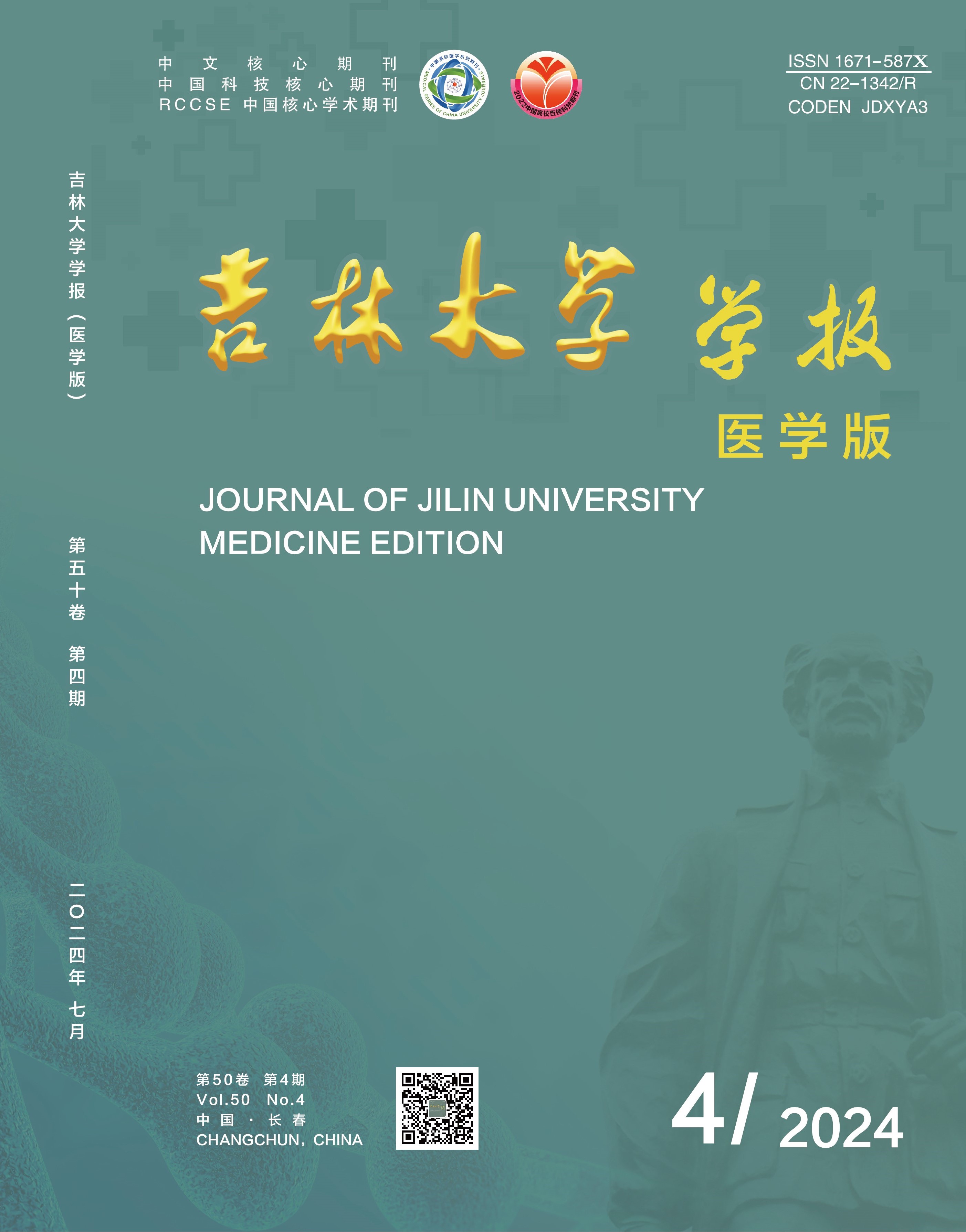Objective To discuss the effect of nobiletin (NOB) on airway hypersecretion in the rats with chronic obstructive pulmonary disease (COPD), and to clarify the molecular mechanism of endoplasmic reticulum stress (ERS) signaling pathway regulation. Methods A total of 45 SD rats were randomly divided into control group, model group, NOB group, endoplasmic reticulum stress inhibitor 4-phenylbutyric acid (4-PBA) group, and NOB+4-PBA group, and there were 9 rats in each group. Except for control group, all the rats in the other groups were exposed to smoke and intratracheally injected with lipopolysaccharide (LPS) to establish the COPD models. After successful modeling, the rats were injected with the corresponding drugs (50 mg·kg-1·d-1 NOB or 0.35 g·kg-1·d-1 4-PBA) once daily for 4 consecutive weeks. After the drug intervention, the pulmonary function indexes [dynamic compliance (Cdyn) and airway resistance (RL)] and arterial blood gase indexes [partial pressure of carbon dioxide (PaCO2) and oxygen partial pressure (PaO2)] of the rats in various groups were detected by small animal ventilator and blood gas analyzer. Hematoxylin and eosin (HE) staining was used to observe the hyperplasia of the goblet cells in lung tissue of the rats in various groups; enzyme-linked immunosorbent assay (ELISA) method was used to detect the levels of mucin 5AC (MUC5AC), interleukin-1β (IL-1β), tumor necrosis factor-α (TNF-α), and interleukin-6 (IL-6) in bronchoalveolar lavage fluid (BALF) of the rats in various groups;real-time fluroscence quantitative PCR (RT-qPCR) method was used to detect the expression level of MUC5AC mRNA in lung tissue of the rats in various groups;Western blotting method was used to detcet the protein expression levels of MUC5AC and ERS-related proteins inositol-requiring enzyme 1α (IRE1α), activating transcription factor 6 (ATF6), CCAAT-enhancer-binding protein homologous protein (CHOP), and glucose-regulated protein 78 (GRP78) in lung tissue of the rats in various groups. Results Compared with control group,the number of airway goblet cells of the rats in model group was increased(P<0.05), the Cdyn and PaO2 levels were decreased (P<0.05), and the levels of RL and PaCO2 were increased (P<0.05); the levels of MUC5AC, IL-1β, TNF-α, and IL-6 in BALF and the expression levels of MUC5AC, IRE1α, ATF6, CHOP, and GRP78 proteins in lung tissue were increased (P<0.05). Compared with model group, the lung function, arterial blood gas indexes, and proliferation of airway goblet cells of the rats in NOB group, 4-PBA group, and NOB+4-PBA group were significant improved, the levels of IL-1β, TNF-α, and IL-6 in BALF and the expression levels of MUC5AC, IRE1α, ATF6, CHOP, and GRP78 proteins in lung tissue were increased(P<0.05); the rats in NOB+4-PBA group exhibited the best alleviation effect. Conclusion NOB can effectively alleviate the airway mucus hypersecretion in the rats with COPD, and its mechanism may be related to the suppression of MUC5AC overexpression mediated by ERS.

 Table of Content
Table of Content
 Guide to Authors
Guide to Authors


